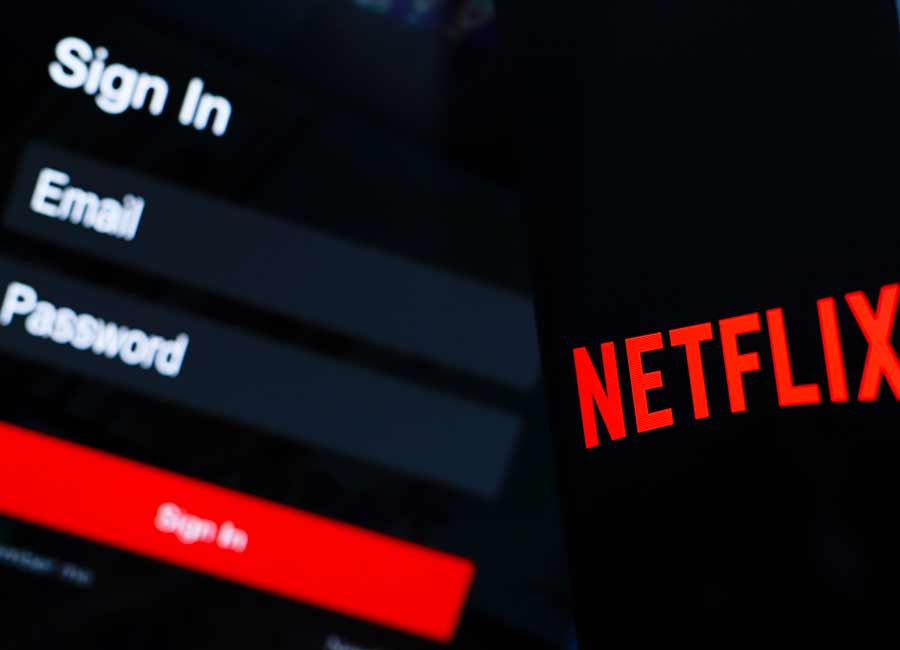Fifty million viewers tuned in to see Katie Taylor defeat Amanda Serrano in the home of the Dallas Cowboys last month, writes Rob Hartnett.
It was far and away the biggest ever TV audience that the Irish world champion has fought in front of, surpassed an hour later by the additional 10 million who tuned in for what passed as a match between Jake Paul and Mike Tyson.
This was the power of Netflix attached to the visceral appeal of the fight game.
The streaming giant made no additional charge to watch the show, which included two other fights, a lot of flashing lights, Cowboys cheerleaders and a healthy sprinkling of showbiz.
Netflix has transformed the pay-perview model that boxing was based on for the past decade.
Viewers previously had to pay a premium of between $20 and $100 to sit in the comfort of their own armchairs and watch the action unfold.
They were not the first. DAZN has broadcast Taylor’s fights in recent years as part of a monthly subscription, but that was very specifically targeted towards the most dedicated of sports fans. This was different.
Netflix has seen the value of sport through docuseries like Drive to Survive and now it is diving into live action.
Two games from the American Football NFL were shown on a similar basis on Christmas Day, all around the world.
Streaming technology has advanced a long way — though the demands of a live experience did cause Netflix a heap of problems, with the stream buffering and cutting out.
Remember, its system is built for people to watch on their own timetable, dispersed across the days and weeks after a ‘drop’.
Live sport is very different and any system would have cracked and buckled under the weight of demand.
It will improve, though, and looking back on streamed sporting events from a decade ago, the progress has been fast and relentless.
Sport has been an early adopter of the power of streaming.
The GAA was quick to see the potential in broadcasting Gaelic games initially around the world, and then during Covid times to a domestic audience as well.
The BKT United Rugby Championship has a live stream of all of its games, running parallel with TV deals in different countries.
The Premier League announced it was taking its broadcast production facilities in-house, no doubt as a forerunner to becoming a broadcaster as well as a sport that sells its wares to a global audience through others.
The beauty of streamed content as opposed to via a third party is that in order to view, the fan or customer needs to have an account and be logged in.
Data is the new gold standard when it comes to maximising value, and that is what you get with live streaming.
Cricket Ireland streams games from the island of Ireland to a global audience of tens of millions for whom that sport is a religion.
The FAI has broadcast every minute of every game from the SSE Airtricity League of Ireland through its own subscription service, LOITV.
Hockey Ireland has joined the party this year with a range of options for fans to buy a season pass to watch all domestic games or just a one-off purchase point for a single game.
The same is happening at grassroots level.
The IRFU has established Irish Rugby+ to show games from the Energia All-Ireland League.
Munster Rugby has its own broadcast arm specialising in exclusive content.
Clubber is an Irish-owned, Irish-run service beaming GAA club matches from across the country that would not otherwise have been visible beyond walking through the turnstiles and watching in the flesh.
It has been a strong revenue driver for sporting bodies that would be outside the tramlines of a traditional broadcast deal.
Badminton Ireland broadcast its AIG Irish Open Final on TG4 in November, but all of the early rounds were shown on their own streaming service as well, speaking directly to the most committed of fans.

The balance between reaching out to the mass market through the visibility of free-to-air television, via selling the rights for more to a pay TV broadcaster like Sky or Premier Sports, through to becoming your own broadcaster, is evolving.
Sponsorship, tickets, merchandise and all the multiple revenue streams that make up sports income are based on a mix of the biggest audience and the most committed.
Getting that balance right is the challenge facing rights holders in an increasingly fragmented broadcast environment.
Photo: (L-R) Katie Taylor and Amanda Serrano fight during LIVE On Netflix: Jake Paul vs. Mike Tyson at AT&T Stadium on November 15, 2024 in Arlington, Texas. (Photo by Al Bello/Getty Images for Netflix © 2024)











